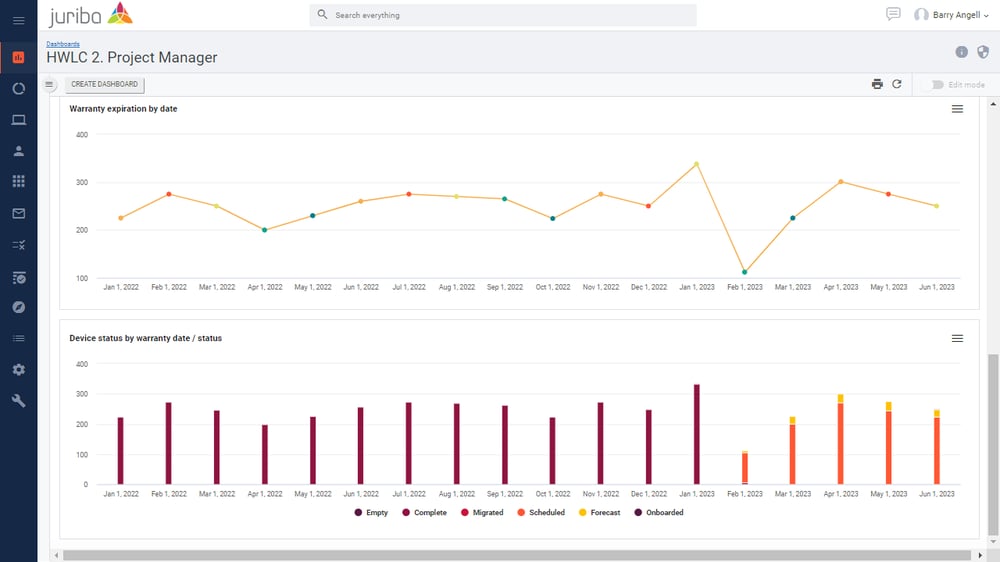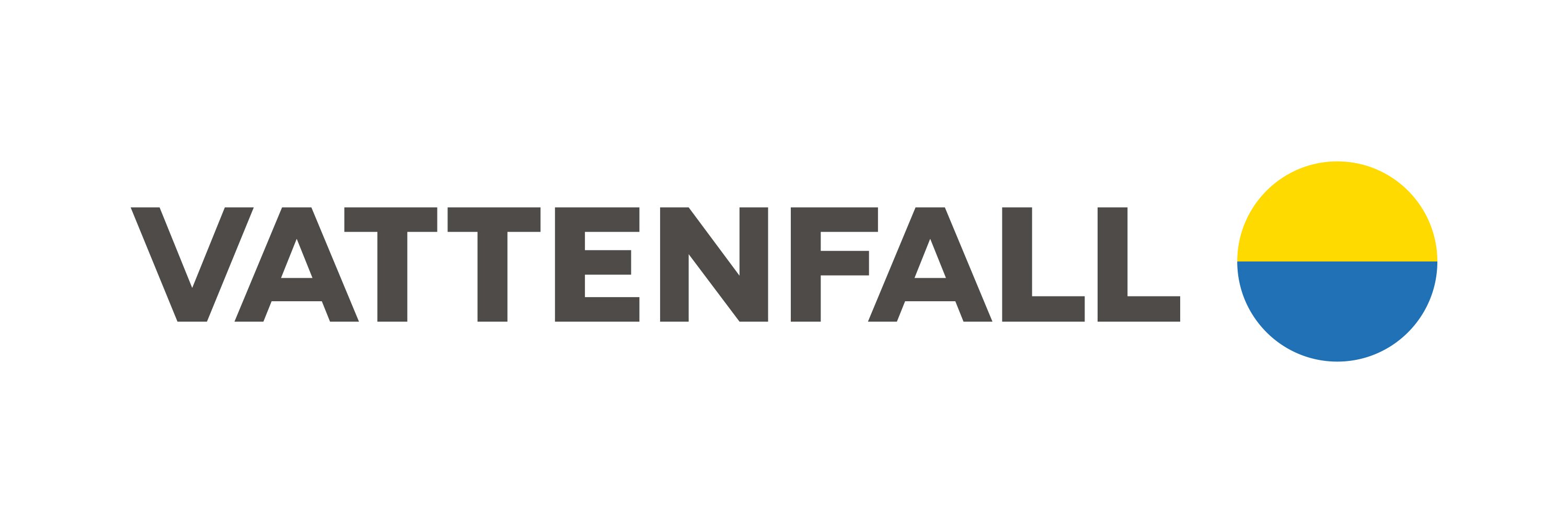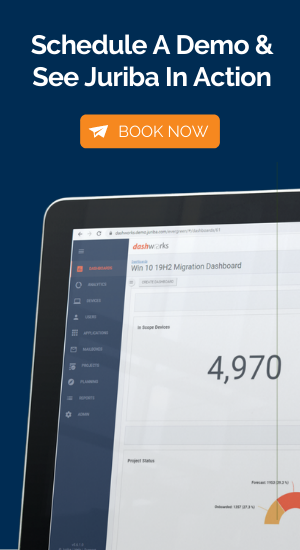In-Depth Guides
DEVICE LIFECYCLE MANAGEMENT
Simplifying device lifecycle management
Streamline the entire device lifecycle with automated purchasing, provisioning, distribution, retirement, and easy retrieval of lost or missing devices. Simplify your processes, predict your budget, and improve security.

Gain full visibility into your device lifecycle management
With Juriba's intelligent asset lifecycle tracking from birth to destruction, you always know exactly what you have, what is due for upgrades and when, and are able to keep your stock levels ultra-low with efficient turnaround.
Be prepared for whatever the market throws at you by planning for future demand, supply chain issues, price changes, or other market adjustments.


Gain full visibility into your device lifecycle management
With Juriba's intelligent asset lifecycle tracking from birth to destruction, you always know exactly what you have, what is due for upgrades and when, and are able to keep your stock levels ultra-low with efficient turnaround.
Be prepared for whatever the market throws at you by planning for future demand, supply chain issues, price changes, or other market adjustments.
Automate your device lifecycle management
Utilize self-service, intelligent workflows, and automation to run ultra-efficient, capacity-restricted, just-in-time replacement programs that will provide your employees with the best possible experience while sweating their devices to achieve cost savings and sustainability objectives.
Prioritize devices for replacement by age, specs, or user preference. Make sure your budget is used to replace the right machines, and smooth out spikes that cause havoc with your capacity.
.png)
.png)
Automate your device lifecycle management
Utilize self-service, intelligent workflows, and automation to run ultra-efficient, capacity-restricted, just-in-time replacement programs that will provide your employees with the best possible experience while sweating their devices to achieve cost savings and sustainability objectives.
Prioritize devices for replacement by age, specs, or user preference. Make sure your budget is used to replace the right machines, and smooth out spikes that cause havoc with your capacity.
Get control of inactive devices
Stay in control of every device that enters or leaves your organization. Allow employees to choose their device and applications, and provide their address and schedule delivery in a smooth, automated self-service.
Minimize the number of lost or missing (inactive) devices and reduce device costs and improve security. Flag devices that haven’t been returned and automate their retrieval.
.png)
.png)
Get control of inactive devices
Stay in control of every device that enters or leaves your organization. Allow employees to choose their device and applications, and provide their address and schedule delivery in a smooth, automated self-service.
Minimize the number of lost or missing (inactive) devices and reduce device costs and improve security. Flag devices that haven’t been returned and automate their retrieval.
Just some of our
happy customers
Aging devices are costly. By year five, the performance of an IT asset has decreased by about 40%, while maintenance costs have increased by a staggering 148%! Consequently, users will lose the ability to be productive or even lose access to their devices for hours or even days if any issues occur.
We help enterprises, government agencies, healthcare institutions, and other large organizations manage their hardware refreshes and lifecycles.



.png)
Start managing your device lifecycle today
Schedule a demo today to see how you could use the Juriba Device Lifecycle
Management Accelerator to manage your organization's devices with ease.
.png?width=250&height=79&name=Juriba%202015%20Logo%20(Large%20-%202214x700).png)

